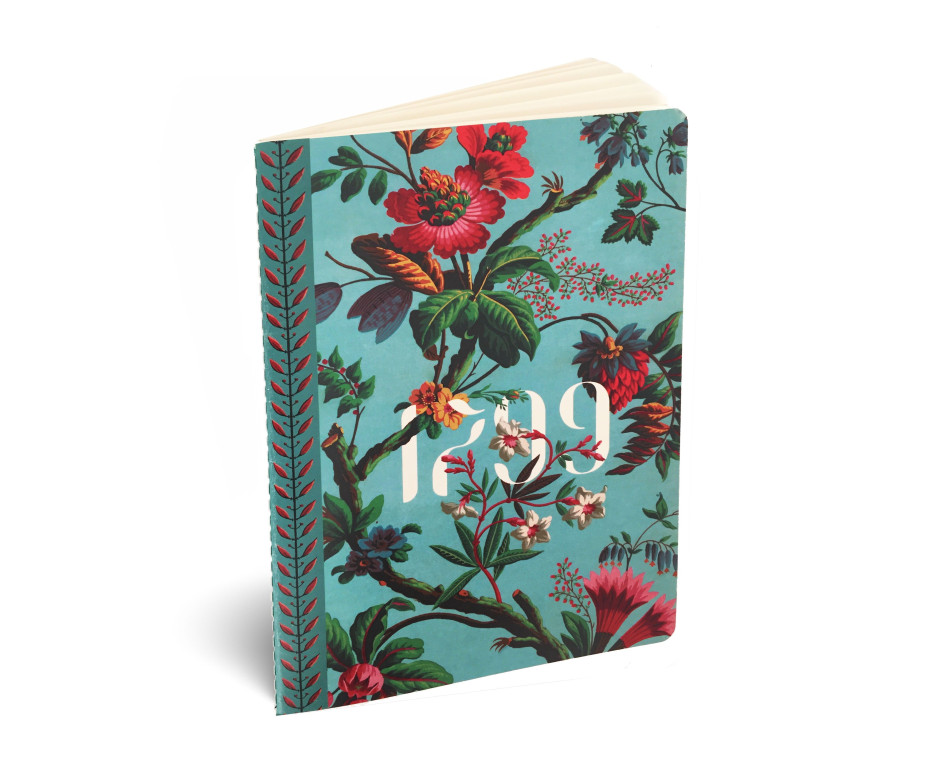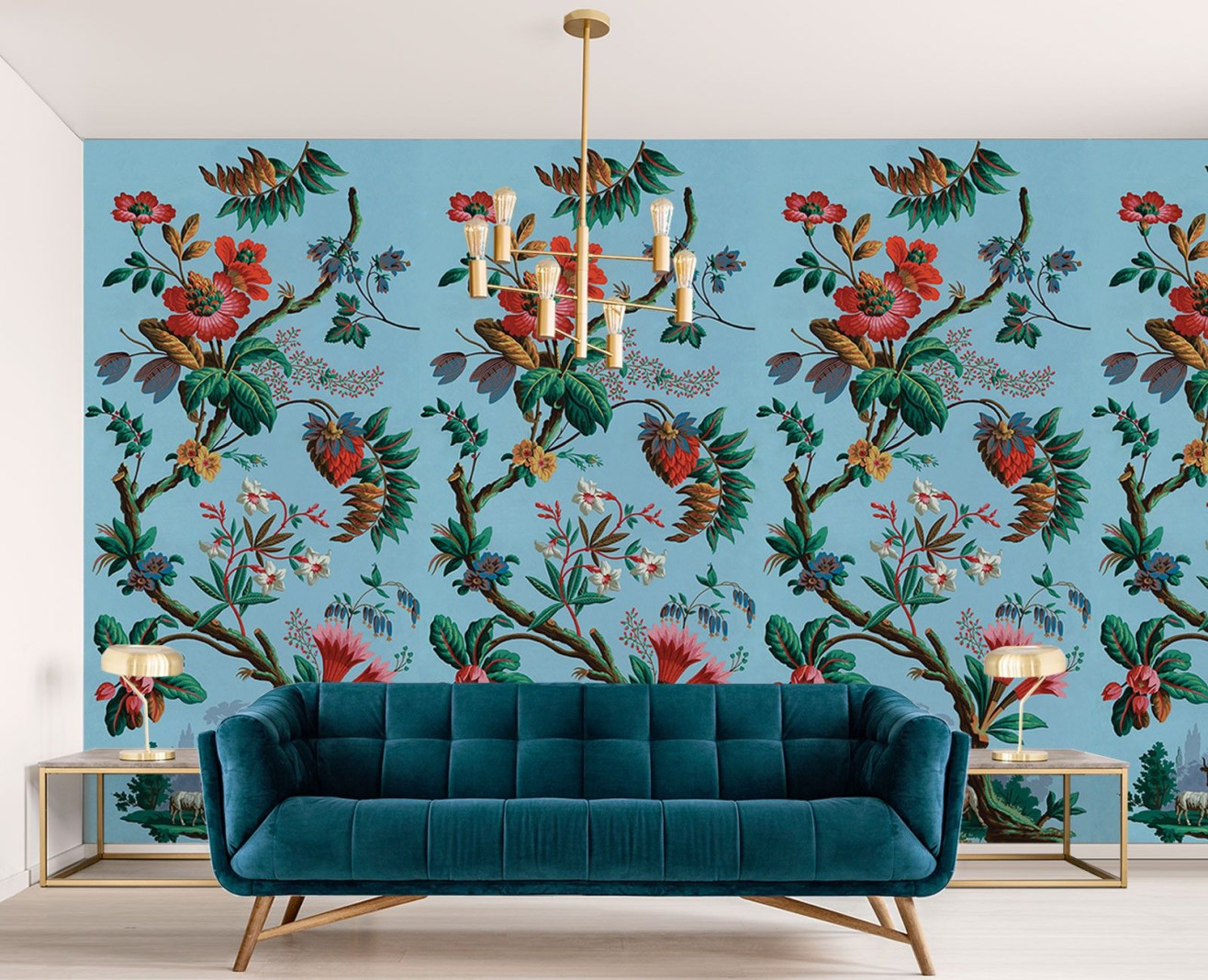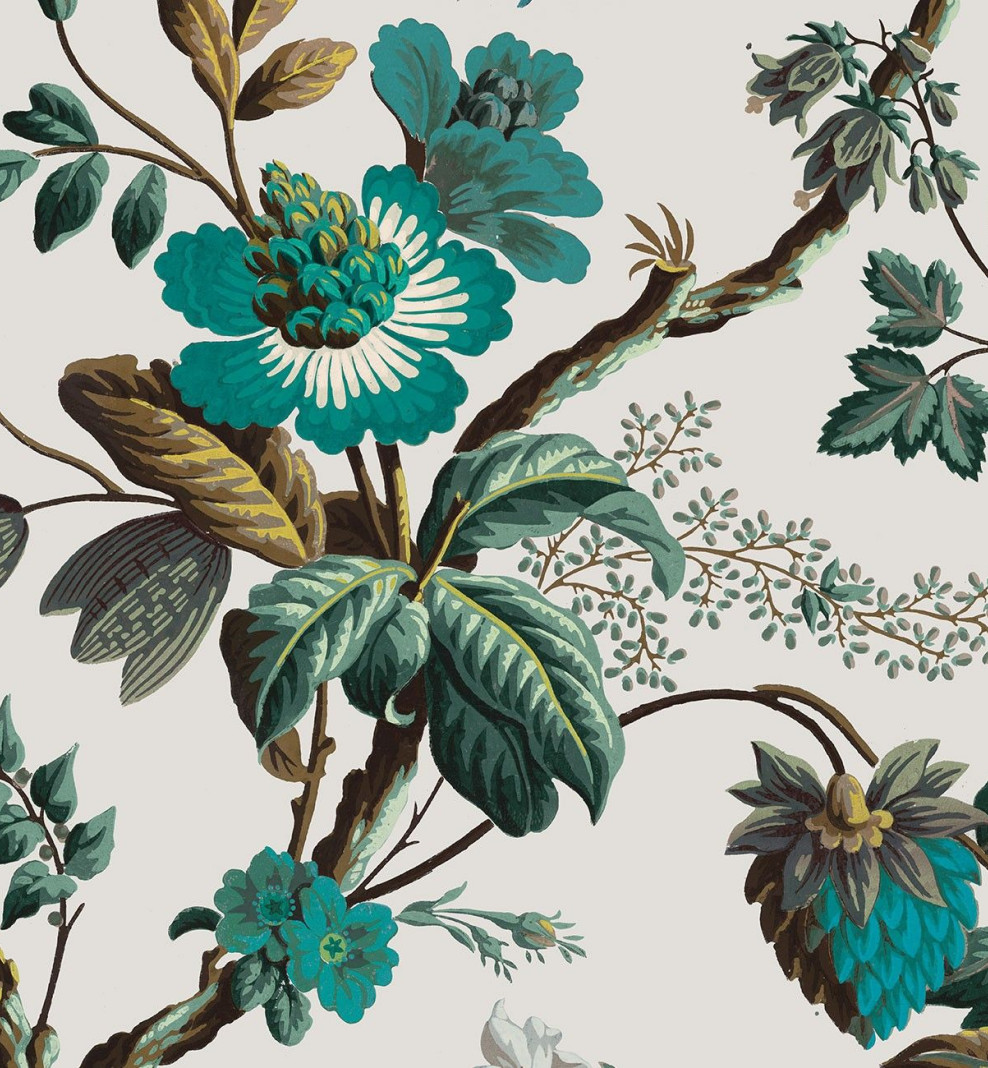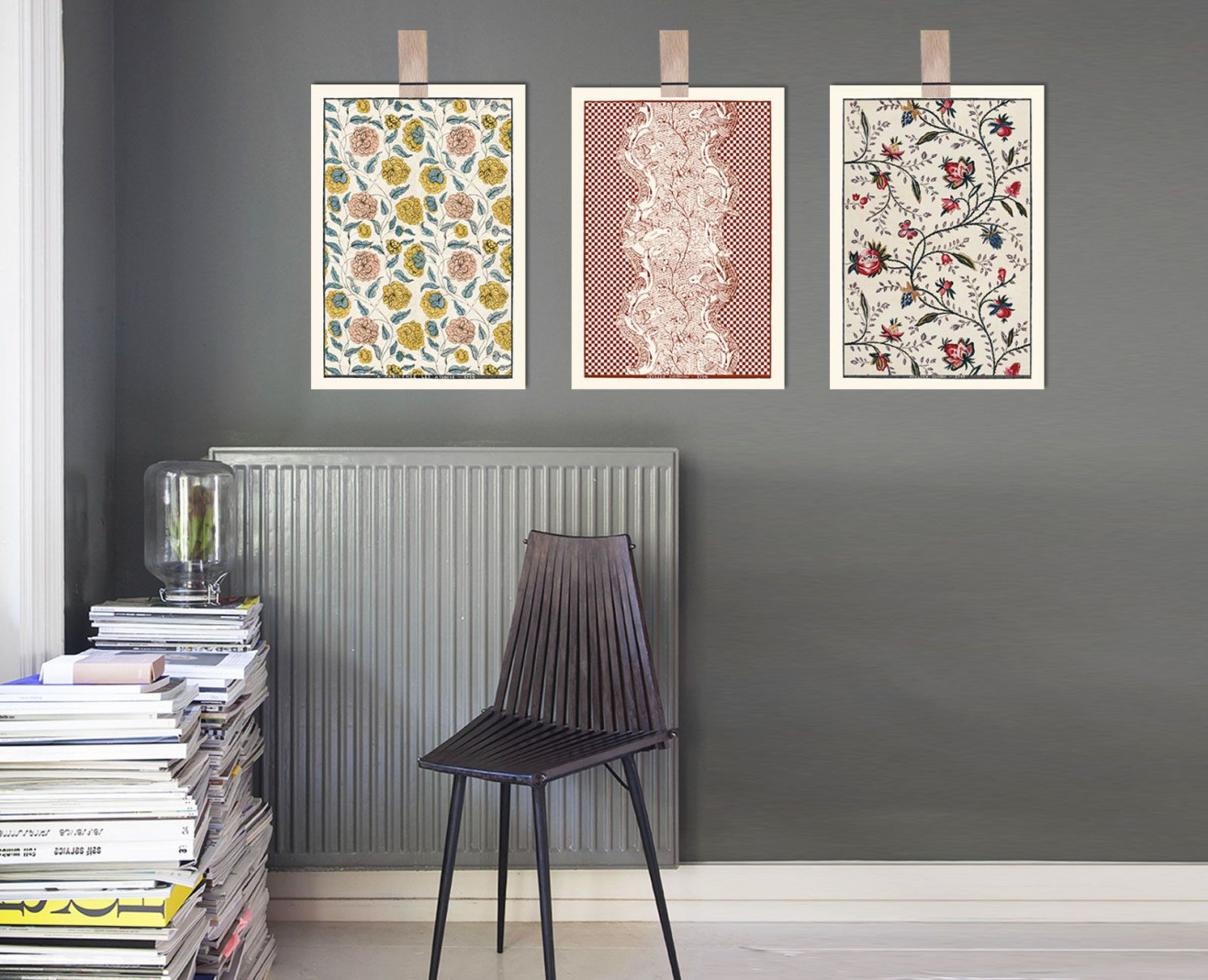No products
You still have to place an order for additional boards
(boards are only sold by 3)
Fancy flowers . 1799
12,00 €
DESCRIPTION
Notebook, size 14.8 X 21 cm – 30 ivoire paper pages.
Bound in accordance with a traditional process. The sheets are sewn together by hand with a Singer machine. The emerald green thread matches the cover pattern.
This notebook cover displays one of the scenes from the decorative wallpaper "Fancy Flowers". This decorative wallpaper was created in 1799 by Manufacturers Jacquemart & Bénard. The original model features exotic multicolored flowers. It was originally printed in more than 20 colors, using engraved woodblocks, on top of a brush-smoothed background of paper sections bound together.
Collection from la Bibliothèque Nationale de France
In 1791, the Paris Manufacture Jacquemart & Bénard succeeded the Manufacture Réveillon, which got destroyed by the Revolutionaries in April 1789. From then on and until 1809, the Jacquemart & Bénard manufacture became famous throughout Europe. A very creative manufacture, it produced more than a hundred models of wallpaper every year. It was especially skilled at reproducing plant-like patterns, as well as light and diaphanous fabrics according to the fashion launched by Queen Marie-Antoinette (embroideries, trimmings, ribbons, lace, festoons of precious stones, pleats, draperies, texture effects…). Not only the Manufacture took part in the decoration of public buildings, but it was also involved in official ceremonies. For instance, it was commissioned by the Convention Government to decorate the Palais des Tuileries.
1799
In the 18th and 19th centuries, Western countries were fascinated by Far East countries. Spread by trade companies, the oriental imagery and decoration codes influenced European tastes. Wallpapers from China and India, in particular, enjoyed great success. Thus, the Paris manufactures progressively took these new tastes into account. Distancing themselves from the original models, they created their own patterns, giving birth to a style called “Chinoiseries”. In several branches of the decorative arts, decorators and designers became very skilled in the use of this style, often defined with symbols like pagodas, vases or exotic flowers.
On the original model (as can be seen on the round photo), cows and sheep are peacefully gathered at the bottom of a tree. In the 18th century, paintings from this genre were highly fashionable, and there was an increasing representation of rural scenes and everyday life on wallpapers and decorative arts in general. Nevertheless, we have decided to remove the charming little flock to give this artwork a more contemporary character.















